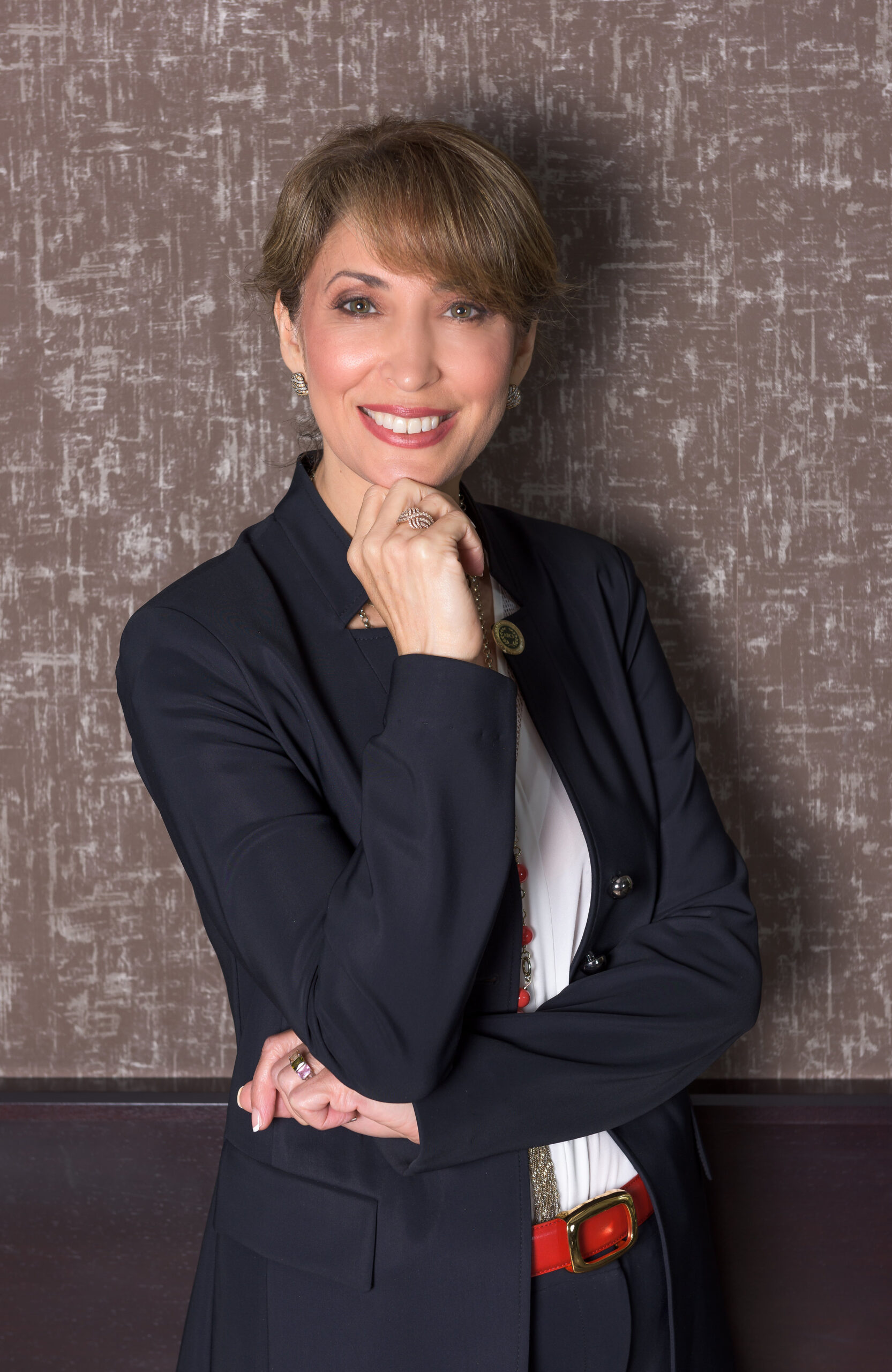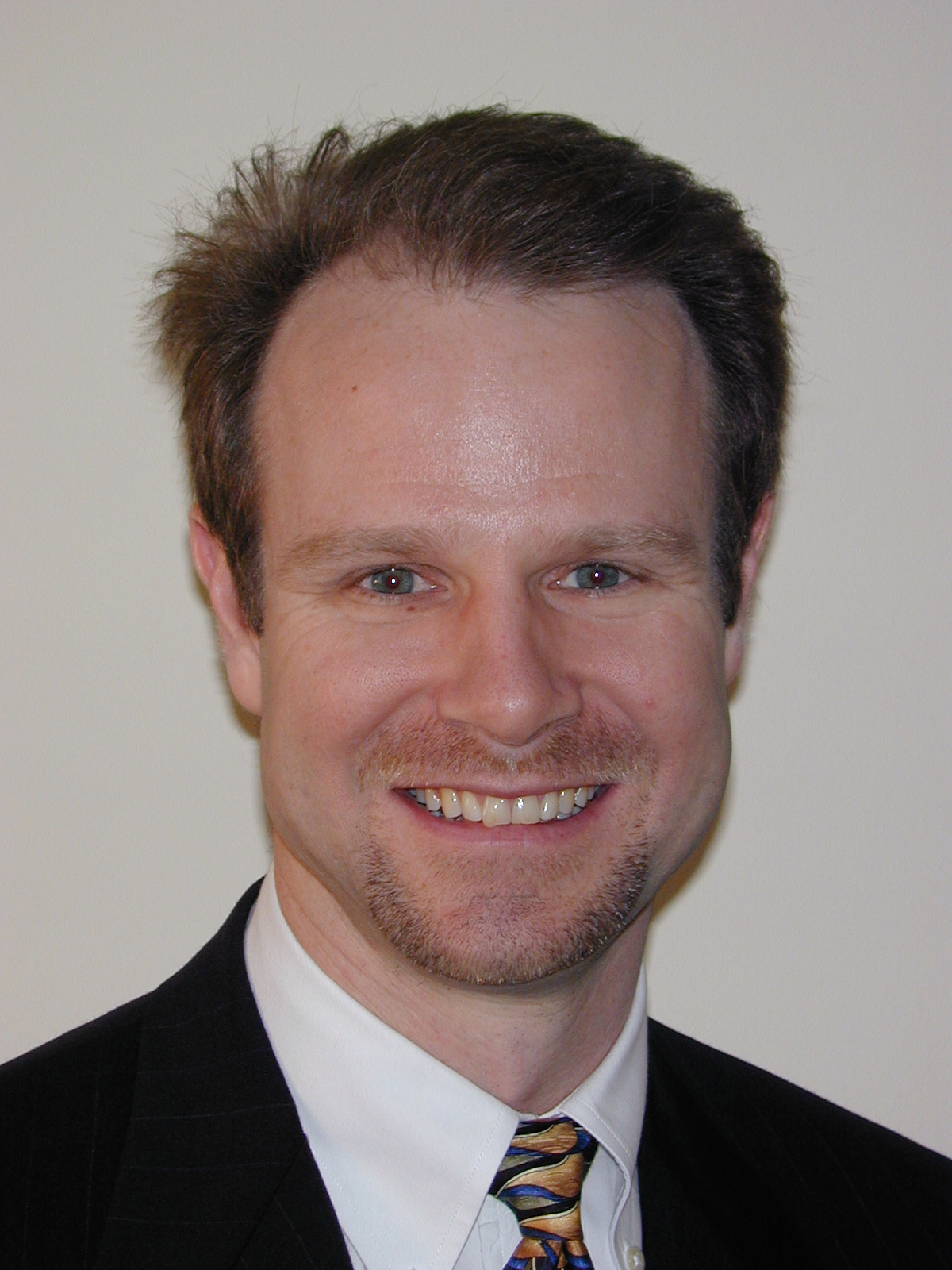
Buccal Fat Removal
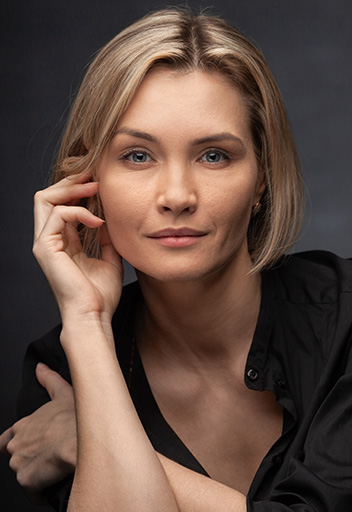
Facelift
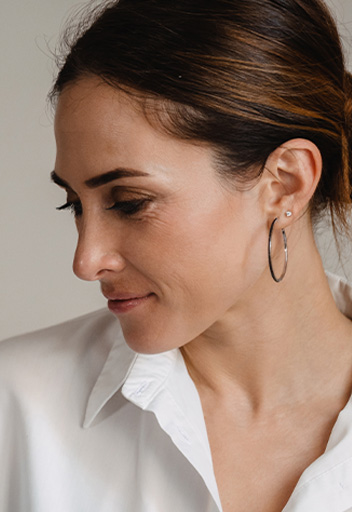
Brow Lift
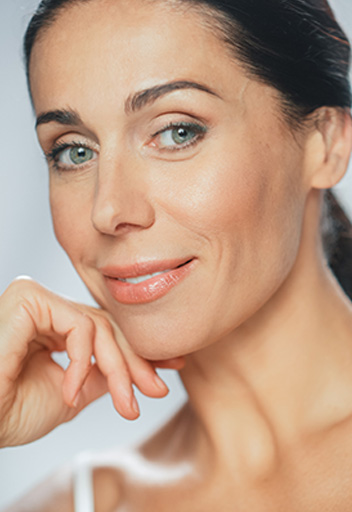
Neck Lift
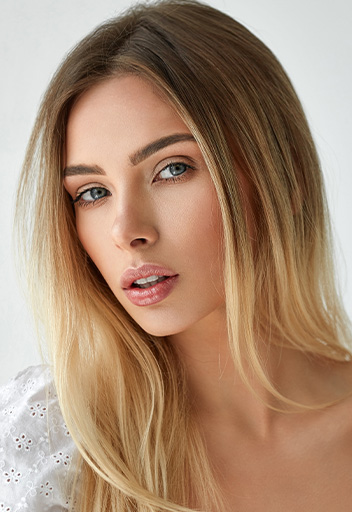
Lip Augmentation
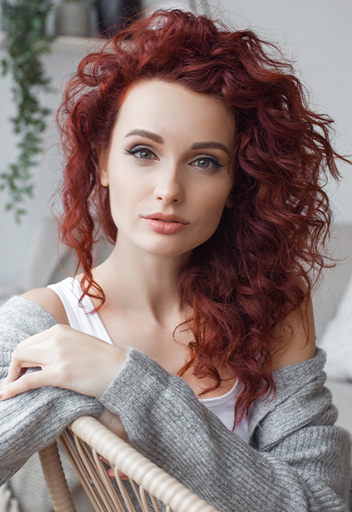
Silhouette Instalift

My Ellevate
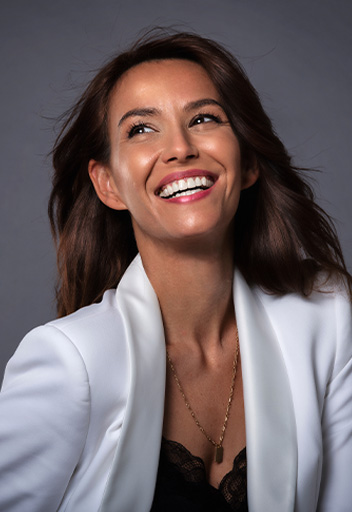
Accutite
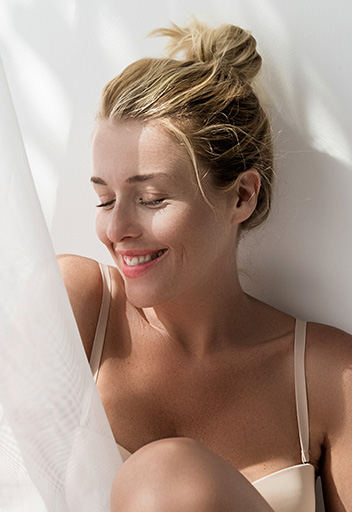
PDO Thread Lifts
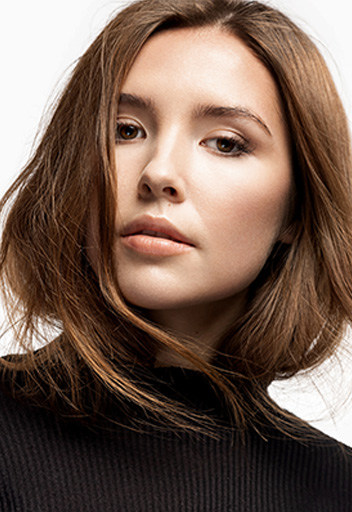
Lip Lift
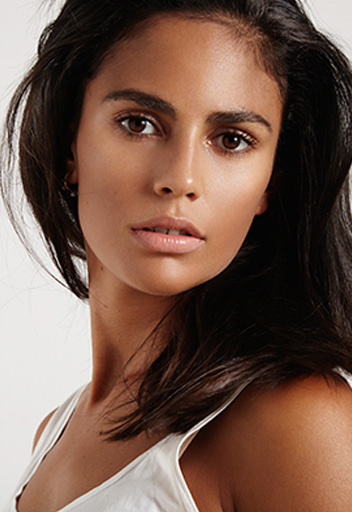
Fat Transfer to Face
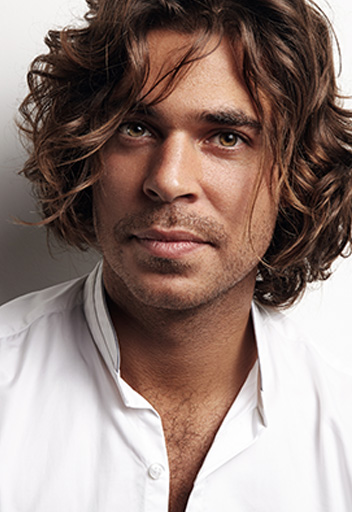
Face Implants
Our Team
At Rostami OPC, our team includes board-certified surgeons and experienced aestheticians, each specializing in different aspects of cosmetic care. This variety of expertise allows us to provide personalized, high-quality treatments to meet each patient’s unique needs. Whether it’s facial rejuvenation, eyelid surgery, or body contouring, our staff is equipped to deliver optimal results.
SCHEDULE A CONSULTATION
Are you ready to explore your cosmetic treatment options? Schedule a consultation with us at our McLean, Virginia location. Our expert team is here to discuss your aesthetic goals and create a personalized treatment plan tailored just for you. Contact us today to take the first step towards your rejuvenation journey at Rostami OPC.
CONTACT USFollow Us on Instagram
Stay connected with us on Instagram! Follow @RostamiOPC and @BeautyByDrRostami to keep up with our latest procedures, view stunning before-and-after photos, discover our upcoming events, and catch exclusive monthly specials. Don’t miss out on the latest updates from our clinic—join our Instagram community today!
@ROSTAMIOPC @BEAUTYBYDRROSTAMI
